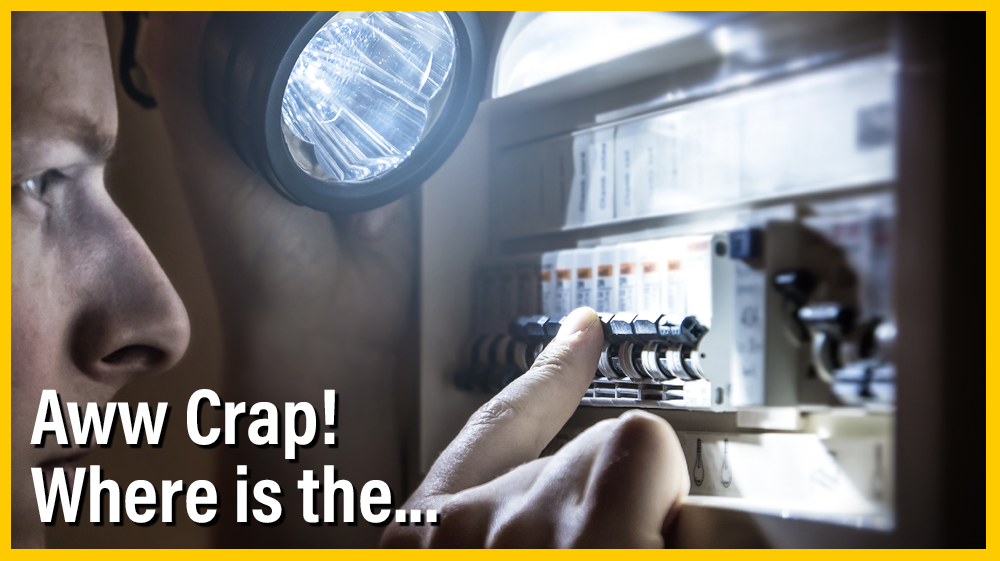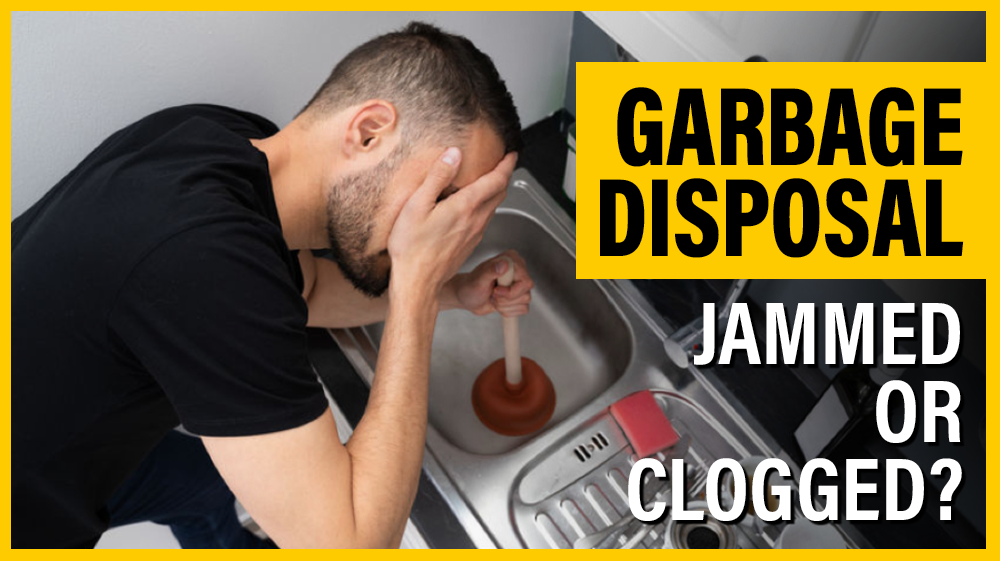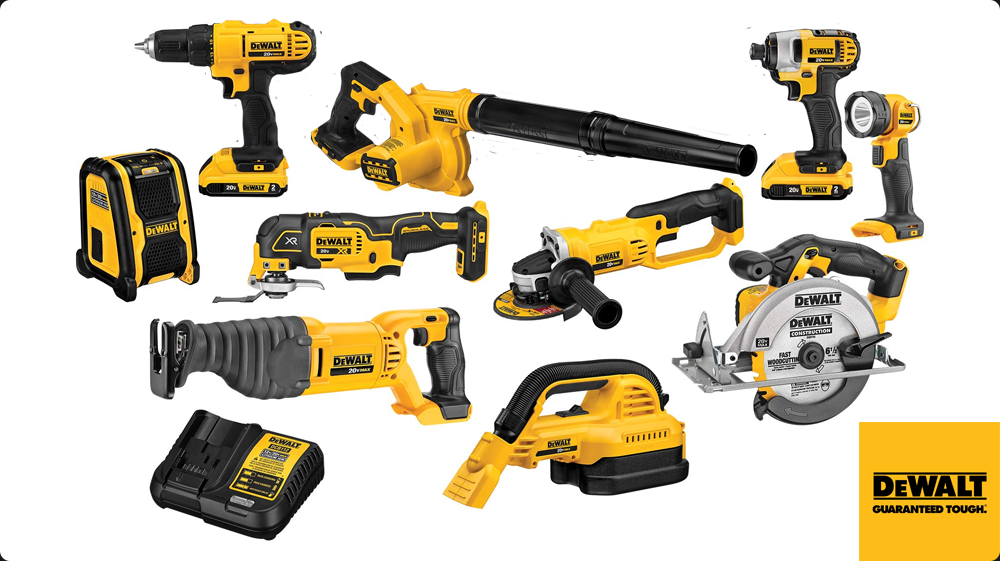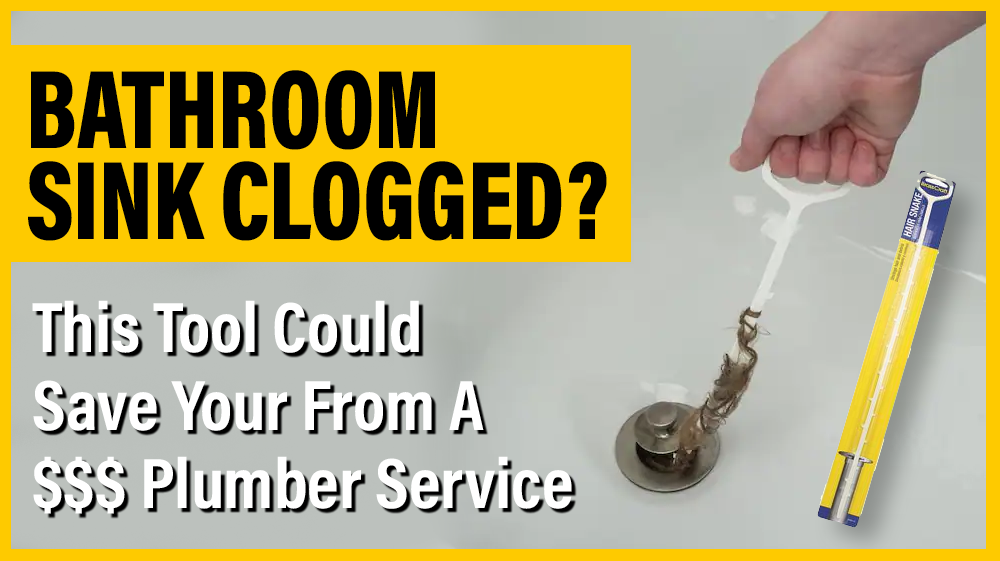
6 Things Every Homeowner Should Know

- Published:
- Filed Under: Fixit Academy, General Repairs


Imagine this scenario in your head: It’s midnight and you’re awakened by the sound of rapidly flowing water coming from somewhere… A pipe that burst is flooding your home! What’s the first thing you should do?

Turn the water main off! But where do I find that? This situation is one that we hope never happens to anyone but is very possible without the right preparations. As a homeowner or renter, it’s important to know where the water main shut-off valve is in the event of emergencies. Knowing where it is can be the difference between a wet floor and several thousand dollars in damages. Every home is unique, so the location of the shut-off will vary…
it’s important to learn where yours is.

Typically, the main water shutoff is located outside the front part of your home . It is usually a pipe coming up from the ground that has a valve on it as it comes up from the ground . In many instances you will see a water hose spigot with another pipe, usually plastic, that supplies water to your landscaping .
We’ve had a number of instances where we found the water main shut-off valve had seized up from the elements or not being touched for decades. We also find some actually leaking and ready to fail. That’s never a good time for anyone. Water shut-off valves are NOT a lifetime part and should be changed as soon as signs of failure are visible. Since they are constantly under high water pressure, they can wear down, even if you haven’t turned it on/off in years.
Gate valves and ball valves are the most commonly used flow control valves in the market. They are generally used to control the flow of liquid and gases. Although they are used in similar settings, there are a few important differences between these two valves. Gate valves are generally found in older plumbing systems and in applications where frequent shut off is not required.


Large water supply lines use gate valves due to their straight flow path and less flow restrictions. A gate valve is turned off by turning the handle continuously clockwise until the valve is fully closed and the flow stops. Ball valves are increasingly used in new plumbing systems with frequent shut off requirements and are shut off by turning the straight handle 90-degrees clockwise. There’s an old saying that works for nuts and bolt that works for valves too – “Righty tighty..Lefty loosey”.

For safety reasons, you shouldn’t try to shut off your gas main on your own—leave that to a professional, If you smell gas in your home, leave and call 911 immediately.

DO NOT turn off your meter unless you smell natural gas, hear the sound of gas escaping or see other signs of a leak–and ONLY if it’s safe to do so.

However, if you need to turn off a gas-powered appliance, like a stove or water heater (for installation or maintenance purposes), look behind the machine for the valve and turn clockwise. For safety, a shut-off valve should be installed at every natural gas appliance. If a leak happens at a specific appliance, the valve allows you to turn off the natural gas at the appliance rather than shutting off all of your natural gas service. Some valves require a wrench to turn them.
It’s important to know exactly where your natural gas meter is so you can find it in case of an emergency. DO NOT turn off your meter unless you smell natural gas, hear the sound of gas escaping or see other signs of a leak–and ONLY if it’s safe to do so.

So how do you Find the Natural Gas Shut-off Valve? As you face the meter, you’ll see a pipe running from the ground to the meter. There is a shut-off valve running parallel with the pipe, usually located about 6 to 8 inches above the ground. Take a 12-inch or larger adjustable wrench, and turn the valve 1/4 turn in either direction, until the valve is crosswise to the pipe.

TIP: Keep a 12-inch or larger adjustable wrench with your emergency supplies, or next to your valve. Do not store the wrench on the meter or other natural gas piping or related equipment.
CAUTION: If you turn off your natural gas at the meter, leave it off. Do not turn it back on yourself. Contact us to turn the meter back on and relight the pilots.

You’ve likely been in front of the electrical panel for your home for one big reason: resetting a tripped breaker. To some of you reading this, resetting the breaker may be the easiest thing in the world. However, with the number of calls we’ve gotten over the years in regards to a tripped breaker, we felt it was worth the mention. With a majority of our clients, the quick off/on toggle on the tripped breaker was all that’s needed. The question they all had wasn’t exactly how to do it, but rather how to know which one was the tripped one. And we don’t blame them; a small box of what feels like a million switches can be very intimidating to the non-electrician eye.

What happens if I pick the wrong one? Will I accidentally short circuit something? How can I even tell what’s the right switch to flip? You can check out our video on How to reset a Circuit Breaker here.
Every once in a while though, we come across cases where a breaker constantly tripping revealed a much bigger problem. When the client calls us to the home to diagnose the issue in these scenarios, we find the mentioned problem to be way out of hand for an average homeowner to handle themselves
IMPORTANT: An odd burning smell anywhere near an outlet or switch could mean a serious problem. . If it goes unnoticed, as a homeowner you may have had a rude awakening one day to the sight of fire in your home.

Where is the main breaker if I want to shut off all the power due to an issuE? The main circuit breaker is usually the largest breaker inside the circuit breaker box and is usually indicated by the numbers 100 or 200 on them. Normally, the two handles are ties together with a metal clip or a bar through the handle. When you turn the main breaker off, your meter should stop moving. When you turn on the main breaker (or really any breaker) it is best to have and device or appliance unplugged from that circuit to prevent damage due to a power surge.

In California, the main service panel is usually located outside near the garage or other outdoor location where the utility line meets the house. In other locations, it is usually located inside the garage. It’s important to know where the main service panel is to be able to cut off the power to the entire residence as quickly as possible. It should be noted that many times a sub panel is located elsewhere on the premises as indicated in the illustration above. There are normally two reasons for a sub panel – the main panel is full of breakers and there is no room for additional breakers, or the demand for additional breakers is needed in another area, and it is easier to run a larger wire from the main panel to the sub panel and then run the individual circuits off of that sub panel, hence saving the additional cost of copper wire. You should look around and be aware of any sub panels on your property in case any issues come up. They could be located almost anywhere and can contain one or two breakers to many more.
Consulting a professional electrician like OMG! Amazing is highly recommended if you feel the problem with your panel is much more than a simple breaker reset or you can’t correct the problem yourself. As mentioned earlier in this post, not all systems last forever.

According to the National Fire Protection Association, almost three out of five home fire deaths result from fires in properties without working smoke alarms. The best way to prevent this? Check to make sure your smoke detectors are working monthly. If you’ve had them for awhile or don’t know how old the batteries are, it may be time for a replacement. Typically, hey should be replaced every ten years. New codes now require smoke detectors to have the ability to communicate with another so that if one smoke detector alarm goes off in one room , it sounds off in all the other rooms also. There are both wired and wireless options to suit this requirement.

Additionally, according to the Consumer Product Safety Commission, more than 150 people in the United States die annually from accidental carbon monoxide poisoning. While you’re checking your smoke detectors, give your CO detectors a good press, too. Many devices will have an end-of-life alarm, but many, including those by First Alert, recommend replacing them after five years. There are also combination smoke and carbon monoxide detector on the market today for both aesthetic and economic reasons.

This last “know where” is for your HVAC filters. The Environmental Protection Agency (EPA) recommends cleaning or replacing filters in your furnace and air conditioners every 60 to 90 days to improve your home’s indoor air quality.
This last “know where” is for your HVAC filters. The Environmental Protection Agency (EPA) recommends cleaning or replacing filters in your furnace and air conditioners every 60 to 90 days to improve your home’s indoor air quality. If you have pets, you may need to check your filters every month. Clean filters also help your system run efficiently, which will help you save on fuel and electricity costs in the long run. The Department of Energy (DOE) estimates that “replacing a dirty, clogged filter with a clean one can lower your air conditioner’s energy consumption by 5% to 15%.”

While you are at it, for health safety reasons, you should also know where your water filtration systems are, if you have them, in your refrigerator and under the sink and anywhere you drink potable water.

And finally, and this is a little self-promotion, we highly recommend choosing a home service company like OMG! Amazing that you can put complete trust in. It’s your home, wouldn’t you want it in the right hands? If you’ve already found that company, then you’re already one step ahead in maintaining your home.

If not, then we strongly urge you to start looking! Read reviews, ask friends on social media, and give a few different companies a try. They can be a big company or they can be a small local business (which we highly recommend supporting!). You want to look for the perfect fit for you and your home. Some of the uncertainties of home ownership are alleviated when you know you’ve got a professional team ready to help you out in an emergency.
Peter D. Sawyer
Founder & CEO
Born in New York and now living in California, Peter is a dedicated and proud father of Xander – a true miracle of life. After spending 26 years as manager of Operations and Engineering for the CBS Television network, he launched OMG! Amazing in 2019 because he wanted to help people enjoy life in a smarter home.
Come Join Us
Join our Fixit Community and dive into conversations covering every aspect of home repair and improvement!
Current Articles

That’s A Wrap – Winding Cables the Right Way
Fixit Friday is published every Friday on our Facebook Page at https://www.facebook.com/profile.php?id=100088848193030

Where’s That Freakin’ Tool?
Fixit Friday is published every Friday on our Facebook Page at https://www.facebook.com/profile.php?id=100088848193030

Clever Wall Plate Memory Hack
Fixit Friday is published every Friday on our Facebook Page at https://www.facebook.com/profile.php?id=100088848193030

Lighting 201 – The Ultimate Home Guide
Today Light Bulbs come in a vast variety of sizes, shapes, and colors which need different bases and other considerations. We’re here to guide you through the decision process with bulbs, fixtures, and lighting…this is Lighting 201.

Adjusting European Cabinet Hinges
Fixit Friday are plublished evert Friday on our Facebook Page at https://www.facebook.com/profile.php?id=100088848193030

Fix That Garbage Disposal Clog
Why Is my garbage disposal not draining?More times than not, unclogging a garbage disposal is something you can knock out on your own. And the best part is you don’t have to be incredibly handy to pull off the task.
© 2023 - Fixit Academy (A Division of OMG! Amazing) All rights reserved









